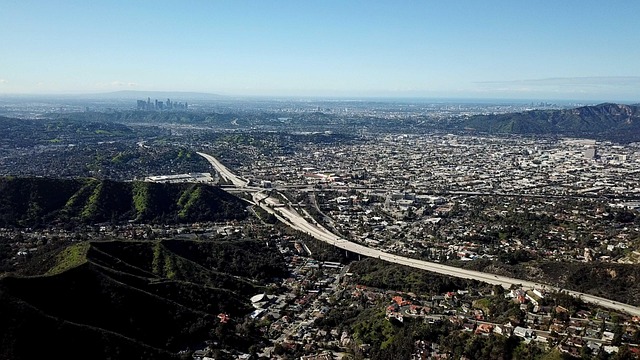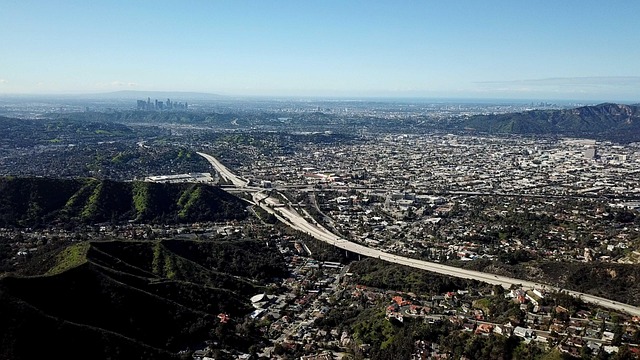Developing a vibrant sports and entertainment hub requires strategic real estate planning near urban centers with green spaces to attract diverse audiences. Key elements include state-of-the-art facilities, efficient transportation, integrated hotels, restaurants, and leisure spots, as well as sustainable development practices. Understanding and catering to consumer demands through integrated spaces that blend entertainment, retail, and residential accommodations ensures long-term success in the competitive urban development market. Meticulous examination of existing infrastructure guides planners in creating dynamic environments that cater to athletic pursuits, recreational activities, and improved accessibility, positioning these hubs as top destinations for an active lifestyle.
In today’s competitive global landscape, establishing a robust sports and entertainment hub (SEH) is more than just fostering community engagement; it drives economic growth through real estate development. This article navigates the key factors in identifying promising locations for SEHs, delving into strategic real estate approaches, and examining successful case studies worldwide. From understanding market demand and assessing infrastructure to implementing mixed-use master planning, we explore how these elements intertwine to create vibrant, sustainable hubs that enhance urban living—all while highlighting the pivotal role of real estate in their success.
Identifying Key Factors for a Sports and Entertainment Hub

When developing a sports and entertainment hub region, identifying key factors is essential. The location plays a pivotal role; proximity to both urban centers and ample green spaces can attract diverse audiences while offering a balanced lifestyle. Real estate development should prioritize state-of-the-art facilities that cater to various sporting events and entertainments, from indoor arenas for year-round activities to outdoor venues for seasonal attractions.
Infrastructure is another critical component; efficient transportation networks ensure easy accessibility for both residents and visitors. The integration of hotels, restaurants, and leisure spots enhances the overall experience, fostering a vibrant atmosphere that keeps people engaged. Moreover, focusing on sustainability practices in real estate development can set the region apart, appealing to environmentally conscious individuals and promoting long-term growth.
– Understanding the market demand

In the dynamic landscape of urban development, identifying and catering to market demand is paramount for real estate ventures, especially in the sports and entertainment hub region. Understanding the evolving preferences of residents and visitors alike is crucial. This involves recognizing the growing appetite for vibrant, integrated spaces that seamlessly blend entertainment venues, retail options, and residential accommodations. The modern consumer seeks more than just a place to live; they desire a lifestyle, an experience.
Real estate developers play a pivotal role in shaping these hub regions by conducting thorough market analyses. They must discern between trends and genuine demand to create sustainable and appealing environments. By integrating sports facilities, entertainment hotspots, and trendy residential areas, these hubs can become the go-to destinations for folks seeking an active, engaging lifestyle. This strategic approach ensures that investments not only thrive but also cater to the ever-changing needs of a diverse population.
– Assessing existing infrastructure and amenities

The development of a sports and entertainment hub region requires a careful assessment of existing real estate infrastructure and amenities to ensure a comprehensive and successful transformation. By evaluating the current landscape, planners can identify key areas for enhancement and integration. This includes examining sports facilities, venues, and accessibility to create a dynamic and inclusive environment that caters to both athletic and recreational needs.
Existing real estate projects in the region play a significant role in shaping the hub’s potential. Evaluating these developments allows for strategic decisions on how to leverage existing assets while addressing gaps. Whether it’s revitalizing older sports grounds, integrating entertainment districts with residential areas, or enhancing transportation networks, understanding the current infrastructure is vital to crafting a vibrant and functional hub that attracts both locals and visitors alike.






